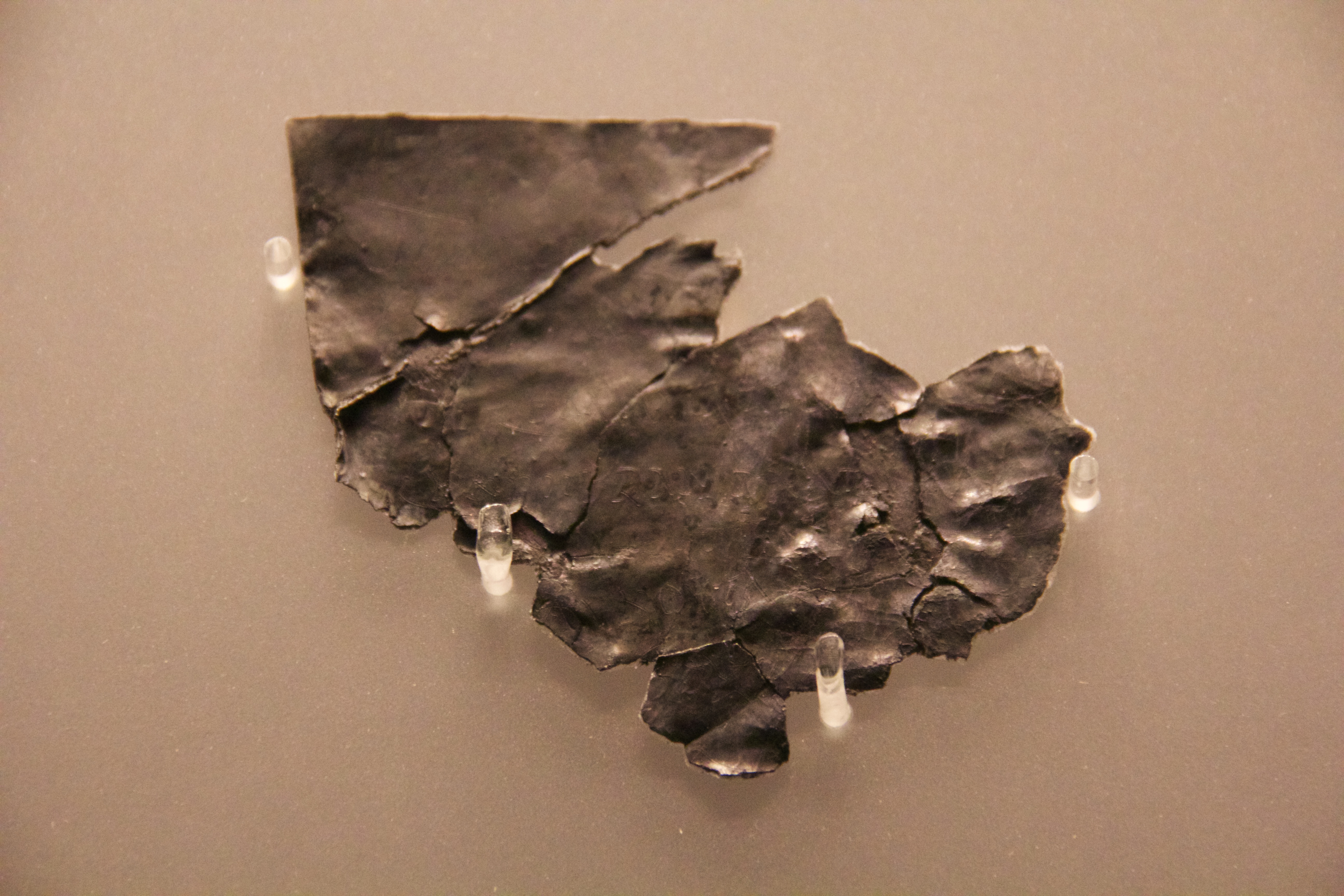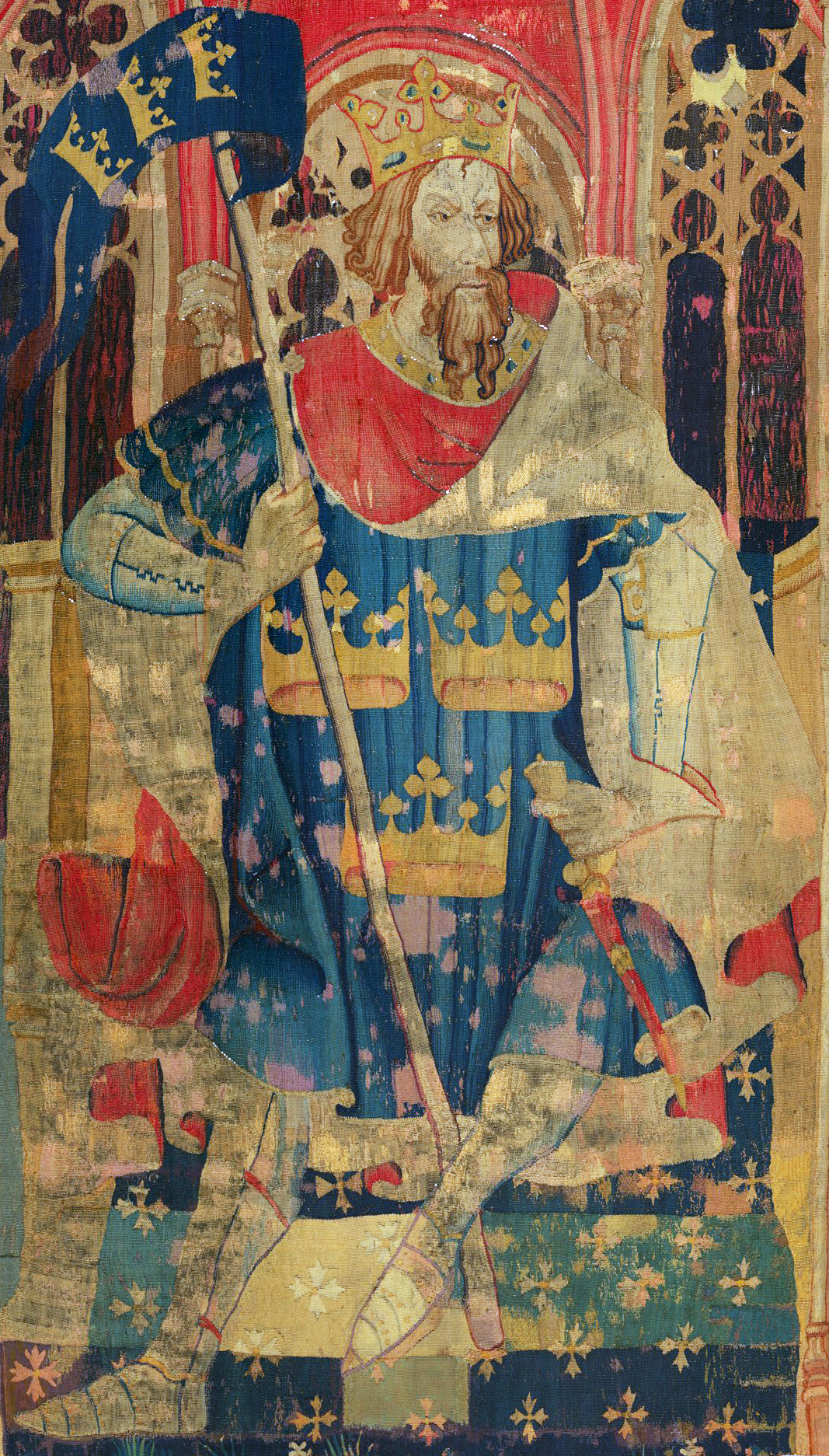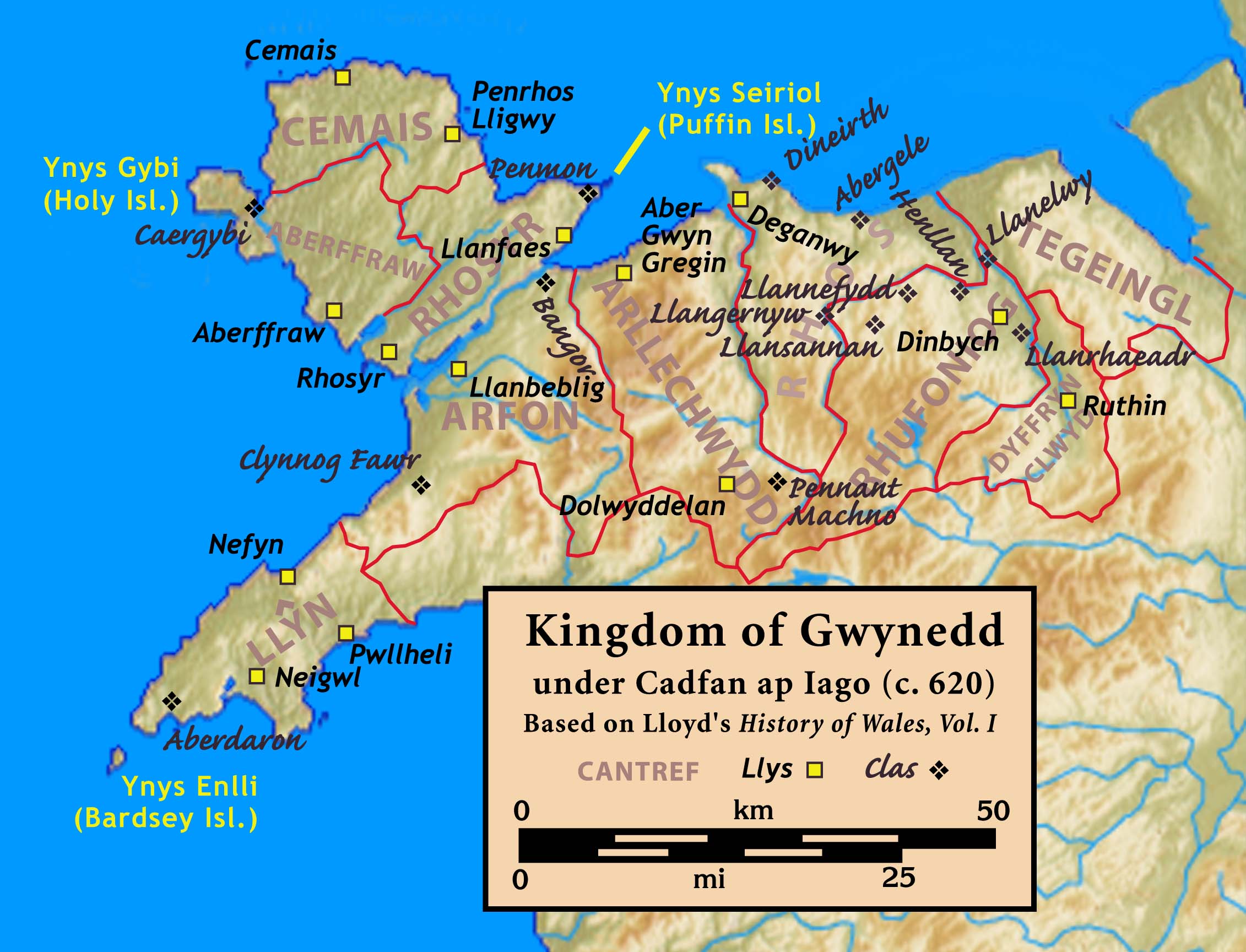|
Y Gododdin
''Y Gododdin'' () is a medieval Welsh poem consisting of a series of elegies to the men of the Brittonic kingdom of Gododdin and its allies who, according to the conventional interpretation, died fighting the Angles of Deira and Bernicia at a place named '' Catraeth'' in about AD 600. It is traditionally ascribed to the bard Aneirin and survives only in one manuscript, the " Book of Aneirin". The Book of Aneirin manuscript is from the later 13th century, but ''Y Gododdin'' has been dated to between the 7th and the early 11th centuries. The text is partly written in Middle Welsh orthography and partly in Old Welsh. The early date would place its oral composition soon after the battle, presumably in the ''Hen Ogledd'' ("Old North"); as such it would have originated in the Cumbric dialect of Common Brittonic.Elliott (2005), p. 583. Others consider it the work of a poet from Wales in the 9th, 10th, or 11th century. Even a 9th-century date would make it one of the oldest surv ... [...More Info...] [...Related Items...] OR: [Wikipedia] [Google] [Baidu] |
Book Of Aneirin
The Book of Aneirin () is a late 13th century Welsh manuscript containing Old and Middle Welsh poetry attributed to the late 6th century Northern Brythonic poet, Aneirin, who is believed to have lived in present-day Scotland. The manuscript is kept at the National Library of Wales, Aberystwyth. It is made of parchment and was written in Wales around 1265, probably in a monastery, but is probably a copy of a lost 9th century original. The text of the manuscript is rendered in a proto-gothic hand. There is minimal decoration, consisting of only of a few colored Lombardic Capitals. Paragraphs are broken by similarly colored pilcrows and where the text breaks before the right margin, simple illustrated linear termini are provided. The poetry recorded in the book, which has only 38 pages, would previously have been kept alive through oral tradition. The best-known poem contained within its pages is ''Y Gododdin'', an early Welsh-language poem commemorating the warriors from Godo ... [...More Info...] [...Related Items...] OR: [Wikipedia] [Google] [Baidu] |
Common Brittonic
Common Brittonic (; ; ), also known as British, Common Brythonic, or Proto-Brittonic, is a Celtic language historically spoken in Britain and Brittany from which evolved the later and modern Brittonic languages. It is a form of Insular Celtic, descended from Proto-Celtic, a theorized parent language that, by the first half of the first millennium BC, was diverging into separate dialects or languages. Pictish is linked, most probably as a sister language or a descendant branch. Evidence from early and modern Welsh shows that Common Brittonic was significantly influenced by Latin during the Roman period, especially in terms related to the church and Christianity. By the sixth century AD, the languages of the Celtic Britons were rapidly diverging into Neo-Brittonic: Welsh, Cumbric, Cornish, Breton, and possibly the Pictish language. Over the next three centuries, Brittonic was replaced by Scottish Gaelic in most of Scotland, and by Old English (from which descend M ... [...More Info...] [...Related Items...] OR: [Wikipedia] [Google] [Baidu] |
Mead
Mead (), also called honey wine, and hydromel (particularly when low in alcohol content), is an alcoholic beverage made by fermenting honey mixed with water, and sometimes with added ingredients such as fruits, spices, grains, or hops. The alcoholic content ranges from about 3.5% ABV to more than 20%. Possibly the most ancient alcoholic drink, the defining characteristic of mead is that the majority of the beverage's fermentable sugar is derived from honey. It may be still, carbonated, or naturally sparkling, and despite a common misconception that mead is exclusively sweet, it can also be dry or semi-sweet. Mead that also contains spices is called (), and mead that contains fruit is called melomel. The term honey wine is sometimes used as a synonym for mead, although wine is typically defined to be the product of fermented grapes or certain other fruits, and some cultures have honey wines that are distinct from mead. The honey wine of Hungary, for example, is the fermentation ... [...More Info...] [...Related Items...] OR: [Wikipedia] [Google] [Baidu] |
Ifor Williams
Sir Ifor Williams, (16 April 1881 – 4 November 1965) was a Welsh scholar who laid the foundations for the academic study of Old Welsh, particularly early Welsh poetry. Early life and education Ifor Williams was born at Pendinas, Tregarth near Bangor, Wales, the son of John Williams, a quarryman, and his wife Jane. His maternal grandfather, Hugh Derfel Hughes, was a noted local historian who wrote a well-regarded book on the history of the area. He went to Friars School, Bangor, in 1894 but had only been there for just over a year when he suffered a serious accident. This left him with back injuries that made him bedridden for several years. Having recovered, he attended Clynnog School in 1901 and in 1902 won a scholarship to University College of North Wales. In 1905 he graduated with honours in Greek, then in 1906 in Welsh. He spent the 1906–07 academic year at the Department of Welsh working for his M.A. degree and assisting Sir John Morris-Jones, the Professor of We ... [...More Info...] [...Related Items...] OR: [Wikipedia] [Google] [Baidu] |
King Arthur
According to legends, King Arthur (; ; ; ) was a king of Great Britain, Britain. He is a folk hero and a central figure in the medieval literary tradition known as the Matter of Britain. In Wales, Welsh sources, Arthur is portrayed as a leader of the Sub-Roman Britain, post-Roman Britons in battles against the Anglo-Saxons in the late-5th and early-6th centuries. He first appears in two early medieval historical sources, the ''Annales Cambriae'' and the ''Historia Brittonum'', but these date to 300 years after he is supposed to have lived, and most historians who study the period Historicity of King Arthur, do not consider him a historical figure.Tom Shippey, "So Much Smoke", ''review'' of , ''London Review of Books'', 40:24:23 (20 December 2018) His name also occurs in early Welsh-language literature, Welsh poetic sources, such as ''Y Gododdin''. The character developed through Welsh mythology, appearing either as a great warrior defending Britain from human and supernatura ... [...More Info...] [...Related Items...] OR: [Wikipedia] [Google] [Baidu] |
Interpolation (manuscripts)
An interpolation, in relation to literature and especially ancient manuscripts, is an entry or passage in a text that was not written by the original author. As there are often several generations of copies between an extant copy of an ancient text and the original, each handwritten by different scribes, there is a natural tendency for extraneous material to be inserted into such documents over time. Overview Interpolations originally may be inserted as an authentic explanatory note (for example, ), but may also be included for fraudulent purposes. The forged passages and works attributed to the Pseudo-Isidore are an example of the latter. Similarly, the letters of Ignatius of Antioch were interpolated by Apollinarian heretics, three centuries after the originals were written. Charters and legal texts are also subject to forgery of this kind. In the 13th century, a medieval romance, the Prose ''Tristan'', inserted another prose romance, the Vulgate Cycle's ''Queste del Saint ... [...More Info...] [...Related Items...] OR: [Wikipedia] [Google] [Baidu] |
Epic Poetry
In poetry, an epic is a lengthy narrative poem typically about the extraordinary deeds of extraordinary characters who, in dealings with gods or other superhuman forces, gave shape to the mortal universe for their descendants. With regard to oral tradition, epic poems consist of formal speech and are usually learnt word for word, and are contrasted with narratives that consist of everyday speech where the performer has the license to recontextualize the story to a particular audience, often to a younger generation. Influential epics that have shaped Western literature and culture include Homer's ''Iliad'' and '' Odyssey''; Virgil's '' Aeneid''; and the anonymous '' Beowulf'' and '' Epic of Gilgamesh''. The genre has inspired the adjective '' epic'' as well as derivative works in other mediums (such as epic films) that evoke or emulate the characteristics of epics. Etymology The English word ''epic'' comes from Latin , which itself comes from the Ancient Greek adject ... [...More Info...] [...Related Items...] OR: [Wikipedia] [Google] [Baidu] |
Catterick, North Yorkshire
Catterick () is a village, civil parish and electoral ward in North Yorkshire, England. Historically part of the North Riding of Yorkshire, it is north-west of the county town of Northallerton just to the west of the River Swale. It lends its name to nearby Catterick Garrison and the nearby hamlet of Catterick Bridge, the home of Catterick Racecourse where the village Sunday market is held. It lies on the route of the old Roman road of Dere Street and is the site of the Roman fortification of Cataractonium. Toponymy The etymology of the name is derived from the Latin place name , which looks like a Latin/Greek mixture meaning "place of a waterfall", but it might have been a Roman misunderstanding of the Celtic name ''Catu-rātis'' meaning "battle ramparts", as partly supported by the spelling (Catouractonion) on the Ptolemy world map. History The place is mentioned in Ptolemy's Geographia of as a landmark to locate the 24th clime. It dates back to Roman times, when '' C ... [...More Info...] [...Related Items...] OR: [Wikipedia] [Google] [Baidu] |
Edinburgh
Edinburgh is the capital city of Scotland and one of its 32 Council areas of Scotland, council areas. The city is located in southeast Scotland and is bounded to the north by the Firth of Forth and to the south by the Pentland Hills. Edinburgh had a population of in , making it the List of towns and cities in Scotland by population, second-most populous city in Scotland and the List of cities in the United Kingdom, seventh-most populous in the United Kingdom. The Functional urban area, wider metropolitan area had a population of 912,490 in the same year. Recognised as the capital of Scotland since at least the 15th century, Edinburgh is the seat of the Scottish Government, the Scottish Parliament, the Courts of Scotland, highest courts in Scotland, and the Palace of Holyroodhouse, the official residence of the Monarchy of the United Kingdom, British monarch in Scotland. It is also the annual venue of the General Assembly of the Church of Scotland. The city has long been a cent ... [...More Info...] [...Related Items...] OR: [Wikipedia] [Google] [Baidu] |
Kingdom Of Gwynedd
The Kingdom of Gwynedd (Medieval Latin: ; Middle Welsh: ) was a Wales in the Early Middle Ages, Welsh kingdom and a Roman Empire Succession of states, successor state that emerged in sub-Roman Britain in the 5th century during the Anglo-Saxon settlement of Britain. Based in northwest Wales, the list of rulers of Gwynedd, rulers of Gwynedd repeatedly rose to dominance and were acclaimed as "King of the Britons" before losing their power in civil wars or invasions. The kingdom of Gruffydd ap Llywelynthe King of Wales from 1055 to 1063was shattered by a Timeline of conflict in Anglo-Saxon Britain, Saxon invasion in 1063 just prior to the Norman invasion of Wales, but the House of Aberffraw restored by Gruffudd ap Cynan slowly recovered and Llywelyn the Great of Gwynedd was able to proclaim the Principality of Wales at the Aberdyfi gathering of Welsh princes in 1216. In 1277, the Treaty of Aberconwy between Edward I of England and Llywelyn's grandson Llywelyn ap Gruffudd granted pe ... [...More Info...] [...Related Items...] OR: [Wikipedia] [Google] [Baidu] |
Picts
The Picts were a group of peoples in what is now Scotland north of the Firth of Forth, in the Scotland in the early Middle Ages, Early Middle Ages. Where they lived and details of their culture can be gleaned from early medieval texts and Pictish stones. The name appears in written records as an Exonym and endonym, exonym from the late third century AD. They are assumed to have been descendants of the Caledonians, Caledonii and other northern British Iron Age, Iron Age tribes. Their territory is referred to as "Pictland" by modern historians. Initially made up of several chiefdoms, it came to be dominated by the Pictish kingdom of Fortriu from the seventh century. During this Fortriu#Verturian_hegemony, Verturian hegemony, ''Picti'' was adopted as an endonym. This lasted around 160 years until the Pictish kingdom merged with that of Dál Riata to form the Kingdom of Alba, ruled by the House of Alpin. The concept of "Pictish kingship" continued for a few decades until it was ab ... [...More Info...] [...Related Items...] OR: [Wikipedia] [Google] [Baidu] |






